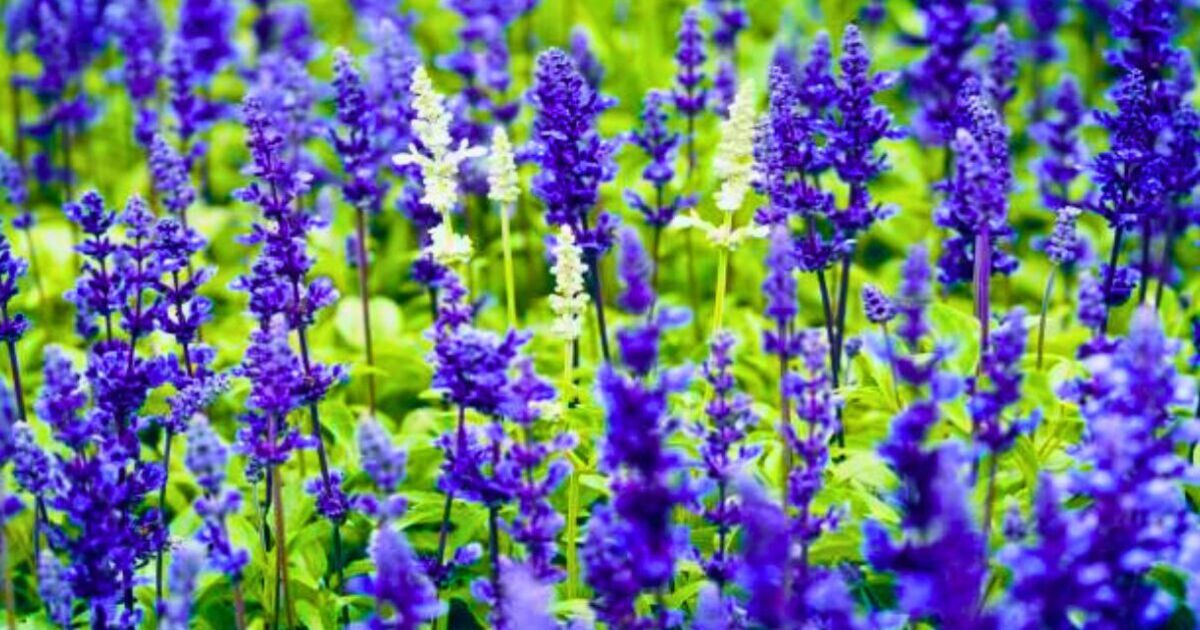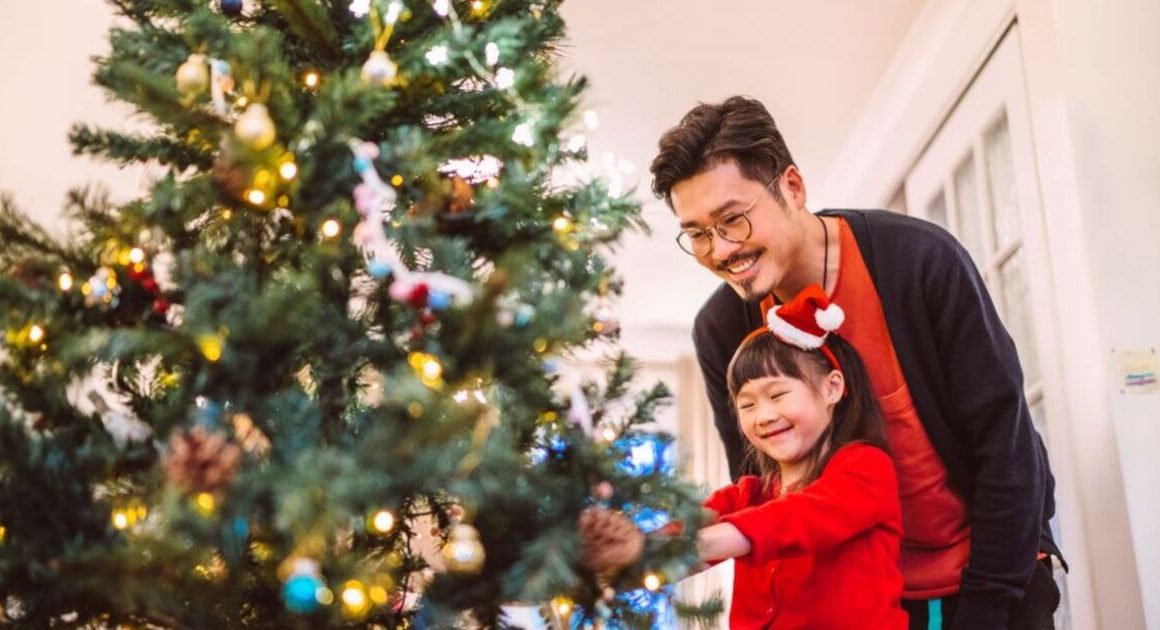Lavender is popular in gardens due to its beautiful blooms and calming scent – plus is very easy to care for as long as it is pruned at the right time.
Pruning lavender in early autumn is important so it does not become overgrown and also helps the plant stop spending energy in fading flowers so it will bloom abundantly next year.
Alexandra Campbell, gardener and founder of The Middlesized Garden, has stated that the “absolutely best way” to prune lavender is to cut it back hard to get healthier flowers.
She said: “I used to prune my lavender rather warily. I was too frightened I’d kill it. But when I followed this advice – from 2010 to 2014, my lavender sprawled. It became leggy and never looked as good as my neighbour’s lavender.
“But there are always different views and different ways of doing things. I now cut my English lavender back hard. And it comes back – looking good – year after year.”
The best way to prune lavender plants
According to Alexandra, there are many misconceptions about how to prune lavender which she believes can cause the plant to become “leggy and woody.”
She said: “When you read instructions on how to prune English lavender, you’ll always see: ‘Never cut lavender back to the wood’. That’s because lavender doesn’t regenerate from old wood.
“Sometimes you’ll be told to leave about one-third of the new green growth. Or ‘trim lightly’.”
Instead, English lavender is best cut back to nine inches high so there are just some green shoots on the brown stems and you should also cut back any parts of the plant that are starting to look gappy.
Alexandria said: “This exposes tiny buds to the sunlight so they can spring up, almost from the base of the plant.
“And although the plants looked quite brown, they plumped up with new foliage in a few months. They made elegant grey mounds for the winter garden.
“If you prune English lavender back hard, you create these neat sculptural mounds in winter. It adds to the winter structure.”
Make sure to use sharp clean secateurs and only prune once the lavender flowers have lost their colour and gone grey.
You will know when the best time to prune lavender as there will not be any pollinators such as bees or butterflies flying around the stalks.
Alexandria has shared that cutting into the lavender wood is fine, however make sure not to cut into the buds as this will cause the plant to not be able to grow back.
She said: “Look closely at your plant. You will see tiny blue-grey shoots. They are just little dots, often almost at the bottom of the stem.
“You do need to cut just above those tiny shoots, because if you cut the lavender down below them, it won’t regenerate. It will probably die. So wear your glasses!
“So take a good thick bunch of lavender in one hand. Chop down to just above where you see those tiny little lavender shoots in the brown wood.”
Alexandria has shared that her lavender is now 12 years old and has “flowered beautifully” and is still a “brilliant blue” thanks to not being afraid to prune it back hard.











